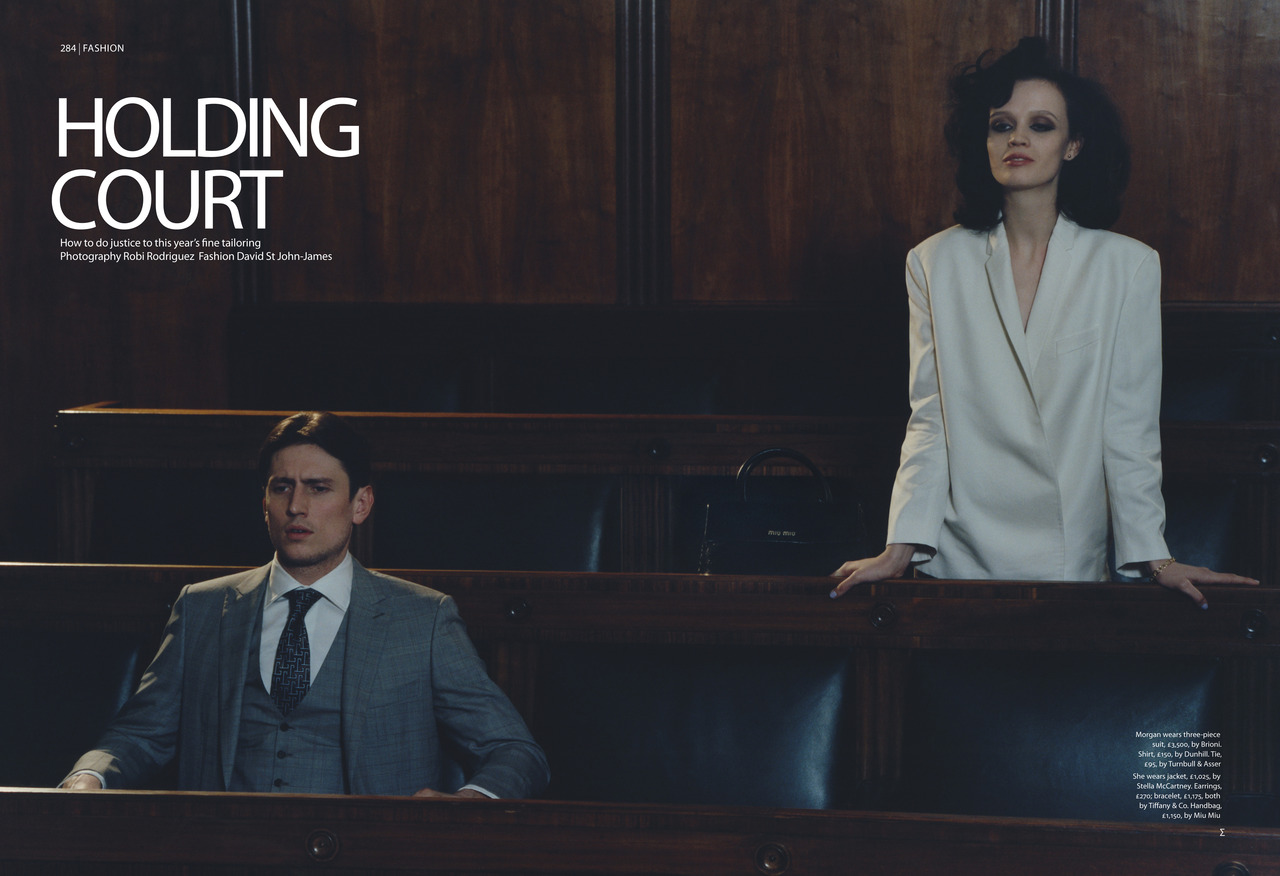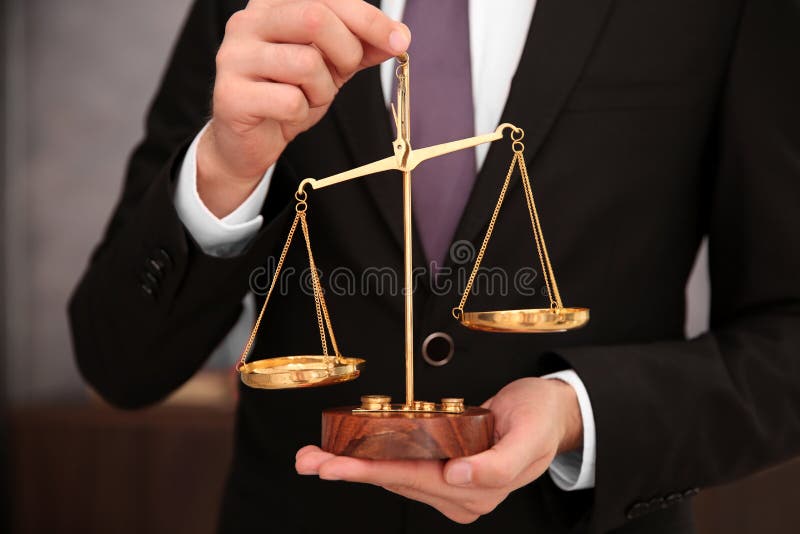**Holding Court: The Legal Process Unveiled**
Introduction
The concept of “holding court” has long been associated with the legal system, conjuring images of judges, lawyers, and courtrooms. In this article, we will delve into the meaning of the phrase “holding court” and explore the various aspects of the legal process. From the role of a judge to the rights of the accused, we will shed light on the inner workings of courts and how they contribute to the administration of justice.
I. What does “Holding Court” mean?
Before we dive into the intricacies of the legal process, let’s first understand what “holding court” actually means. The phrase refers to the act of a judge presiding over a court proceeding, where legal matters are adjudicated and decided upon. When a judge is “holding court,” they are in charge of maintaining order, applying the law, and delivering judgments.
A. The Role of a Judge
A judge plays a pivotal role in the courtroom, acting as the impartial arbiter of justice. Their duty is to ensure that trials are conducted fairly and that the principles of law are upheld throughout the proceedings. With extensive legal knowledge and experience, judges are responsible for interpreting the law, overseeing trials, and issuing rulings.
B. The Courtroom Environment
When “holding court,” judges operate within a designated courtroom. These courtrooms are designed to facilitate the legal process, providing space for the judge, lawyers, defendants, witnesses, and jury members. Courtrooms often feature symbolic elements, such as the scales of justice, to symbolize the pursuit of fairness and equity in the justice system.
II. The Legal Process Unveiled
Now that we have a basic understanding of what it means to “hold court,” let’s delve deeper into the legal process itself. From the initiation of a lawsuit to the final verdict, the legal process encompasses various stages that ensure everyone involved has a fair opportunity to present their case.
A. Pre-Trial Phase
1. The Complaint
The legal process usually begins when a plaintiff files a complaint, outlining their grievance against another party. The complaint details the allegations, damages sought, and the legal basis for the claim.
2. The Answer
Upon receiving the complaint, the defendant has the opportunity to respond. This response, known as an answer, addresses each specific allegation and may include counterclaims against the plaintiff.
B. Discovery Phase
During the discovery phase, both parties gather evidence, interview witnesses, and exchange relevant information. This phase aims to prevent surprises at trial and promote transparency between the parties involved.
C. Trial Phase
1. Jury Selection
In cases where a jury is involved, a process called “voir dire” takes place. During voir dire, potential jurors are questioned by both the prosecution and defense in order to select individuals who can be fair and impartial.
2. Opening Statements
After jury selection, the trial begins with each side presenting an opening statement. These statements provide an overview of what each side intends to prove during the trial.
3. Presentation of Evidence
During the trial, evidence is presented to support or refute the claims made by both parties. This evidence may include documents, testimony from witnesses, expert opinions, and physical evidence.
4. Examination and Cross-Examination
Both the prosecution and defense have the opportunity to examine and cross-examine witnesses. This process aims to elicit pertinent information and challenge the credibility of witnesses.
5. Closing Arguments
Once all evidence has been presented, both parties make closing arguments to summarize their case. These arguments urge the jury or judge to decide in favor of their respective clients.
D. Post-Trial Phase
1. Deliberation and Verdict
After closing arguments, the jury or judge deliberates on the case. They review the evidence, consider the arguments made, and reach a verdict. The verdict may be one of guilt or innocence in criminal cases, or liability or non-liability in civil cases.
2. Sentencing and Judgement
In cases where a defendant is found guilty, the court proceeds with sentencing, taking into account relevant factors such as the severity of the offense and the defendant’s criminal history. In civil cases, the court issues a judgment, determining the appropriate remedy or compensation.
Conclusion
Holding court represents the core of the legal system, where judges preside over legal proceedings and ensure the fair administration of justice. Understanding the various stages of the legal process, from pre-trial to post-trial, helps shed light on the inner workings and significance of holding court.
FAQs (Frequently Asked Questions)
1. How long does a typical court trial last?
2. What happens if someone fails to appear in court?
3. Are court proceedings open to the public?
4. Can the judge overrule the jury’s verdict?
5. What is the difference between civil and criminal court cases?
Gallery
EDITORIAL: Holding Court

Photo Credit by: bing.com / holding court editorial
Holding Court

Photo Credit by: bing.com /
Holding Court – Fort Lauderdale Illustrated

Photo Credit by: bing.com / court holding catching provides ideal brazilian palm setting friends hotel beach good
Lawyer Holding Court Scales Stock Image – Image Of Brown, Justice

Photo Credit by: bing.com / court holding scales lawyer worker influential case supreme hears states united preview
Holding Court

Photo Credit by: bing.com /






